
Top 50 Salesforce Interview Questions and Answers for 2025
Aug 29, 2025 8 Min Read 3381 Views
(Last Updated)
Landing your dream role often begins with the right Salesforce interview questions and answers. Launched in 1999, Salesforce has matured into a trusted choice for large enterprises and smaller firms. Salesforce revenue rose from 176 million dollars in 2005 to 34.9 billion dollars in 2024, which equals a compound annual growth rate of 32.10 percent.
More than 150,000 customers across sectors such as finance and healthcare rely on its adaptable modules and strong security safeguards. Salesforce unifies data and workflows, which helps teams advance productivity and deepen client relationships.
Read our blog for deeper Salesforce guidance:
Table of contents
- Top 50 Salesforce Interview Questions and Answers for 2025
- Beginner Level Questions
- Question 1: What is Salesforce
- Question 2: Why do companies choose Salesforce CRM
- Question 3: How does Lightning Experience differ from Classic?
- Question 4: What is a custom object?
- Question 5: Which relationship types exist in Salesforce?
- Question 6: How do profiles and permission sets control access?
- Question 7: How does Apex differ from Visualforce?
- Question 8: What is a governor limit?
- Question 9: How can data be imported into Salesforce?
- Question 10: How does Salesforce apply security at different layers?
- Question 11: What are Platform Events in Salesforce?
- Question 12: What is the difference between SOQL and SOSL?
- Question 13: How can an architect handle large data volumes?
- Question 14: What are Change Sets used for in Salesforce?
- Question 15: Compare Flow Builder and Process Builder.
- Intermediate Level Questions
- Question 16: Explain Role Hierarchy and Sharing Rules.
- Question 17: What does Salesforce Shield offer?
- Question 18: Describe the Order of Execution during a record save.
- Question 19: What is an External ID, and why is it useful?
- Question 20: Explain Lightning Web Components.
- Question 21: What sandbox types are available?
- Question 22: How does Single Sign On with SAML operate in Salesforce?
- Question 23: Compare Queueable Apex and Batch Apex.
- Question 24: How can administrators monitor API limits?
- Question 25: What distinguishes the main Salesforce Editions?
- Question 26: What is Hyperforce in Salesforce?
- Question 27 : How can Data Cloud unify customer data?
- Question 28: Explain Data Skew and Ownership Skew with a preventive approach.
- Question 29: Describe key MuleSoft integration patterns for Salesforce.
- Question 30: How does Salesforce CPQ automate quote creation and pricing?
- Question 31 : What is Experience Cloud, and how can it extend CRM to external audiences?
- Question 32 : What is OmniStudio, and when should FlexCards be selected?
- Question 33: How does DevOps Center improve deployment compared with Change Sets?
- Question 34: Compare REST API and GraphQL API in Salesforce?
- Question 35: What is Shield Event Monitoring, and how does it help administrators?
- Advanced Level Questions
- Question 36 : Explain Time-Based Workflow and its planned evolution toward Scheduled Flow?
- Question 37 : What is Service Cloud Voice, and how does it enhance customer support?
- Question 38: How does Enterprise Territory Management v2 differ from role hierarchy?
- Question 39: What are Salesforce Functions, and when should developers use them?
- Question 40: Describe Data Mask and its value in sandbox compliance
- Question 41: What are External Services in Salesforce?
- Question 42 : Explain Einstein GPT and its use within CRM.
- Question 43: How does a Record Triggered Flow support asynchronous paths?
- Question 44: What limits apply to Shield Platform Encryption?
- Question 45 : Describe the Parallel Sharing Rule Recalculation.
- Question 46 : How does Slack Integration strengthen Customer 360?
- Question 47: What distinguishes Global Picklists from Restricted Picklists?
- Question 48 : Outline key Winter 25 upgrade steps for administrators
- Question 49 : Explain Permission Set Groups and their benefit.
- Question 50: Describe the Apex Test Driven Development best practice.
- The Bottom Line
Top 50 Salesforce Interview Questions and Answers for 2025
Candidates often search for Salesforce interview questions and answers that cover both platform architecture and practical administration. Here are the 50 Salesforce interview questions presented with detailed guidance.
Beginner Level Questions
Question 1: What is Salesforce
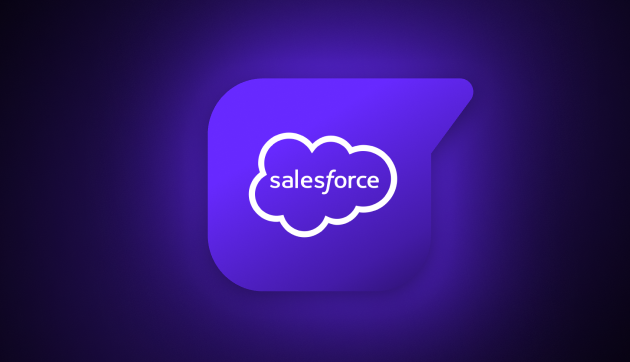
Salesforce is a cloud-based customer relationship management platform that supports firms in storing customer information and tracking leads, while the same interface lets them manage interactions. The platform runs on a multitenant infrastructure, which grants every customer access to continuous upgrades without local installation.
It delivers modules for analytics and automation that lift productivity and strengthen client loyalty. Its market share sits at nearly twenty percent of the global CRM segment, and that standing makes Salesforce a frequent topic in Salesforce interview questions.
Also Read: Top 9 Salesforce Developer Courses [2025]
Question 2: Why do companies choose Salesforce CRM
Here is why companies choose Salesforce CRM:
- Scales effortlessly as the business grows
- Easy customization without coding
- Fast integrations via AppExchange
- Powerful analytics for better decisions
- Strong security and compliance features
Question 3: How does Lightning Experience differ from Classic?
| Feature | Lightning Experience | Salesforce Classic |
| UI | Drag-and-drop components | Visualforce with markup edits |
| Framework | Aura, modern web standards | Visualforce |
| Performance | Fast client-side rendering | Slower server-side rendering |
| Features | Path, Kanban, rich dashboards | Limited |
| Customization | Low-code tools | More custom code needed |
| Sales Use | Clear stage tracking | Basic opportunity tracking |
To gain practical skills and confidence, consider enrolling in the GUVI Salesforce course now and advance your Salesforce journey!
Question 4: What is a custom object?
A custom object is a user-defined table that stores data unique to a business process and supports custom fields alongside standard metadata. Administrators create these objects through Setup and grant permissions by profile or permission set. Custom objects can participate in relationships with standard objects, which permits roll-up summary calculations and advanced reporting. Their flexibility lets companies tailor Salesforce to handle assets and contracts without altering the standard schema.
Question 5: Which relationship types exist in Salesforce?
Salesforce offers two primary relationship patterns called Master Detail and Lookup. Master Detail creates a tight parent-child link where the child record inherits owner and sharing settings from the parent. Lookup supplies a looser association where each record keeps independent security while still allowing cross-object field references. A many-to-many structure arises when a junction object holds two Master Detail fields, and that approach is common for training session enrollment use cases.
Question 6: How do profiles and permission sets control access?
A profile acts as the baseline access container assigned to every user and it dictates object rights and tab visibility while matching users with page layouts. Permission sets supply extra privileges that stack on top of the profile, and they allow teams to add capabilities for selected users without creating new profiles. Using both constructs together yields fine-grained control and lowers administration work because changes live in reusable bundles rather than unique profile copies.
Question 7: How does Apex differ from Visualforce?
Apex is a typed object-oriented programming language that runs on the Salesforce platform and allows developers to write business logic such as triggers and classes. Visualforce is a markup framework that defines the user interface, and it works with Apex controllers to render data in pages. Apex executes on the server and supports transactional control, while Visualforce focuses on presentation and interacts with the browser. This separation grants clean layering which simplifies maintenance.
Question 8: What is a governor limit?
Governor limits are runtime controls that protect shared resources on the multitenant environment by bounding operations such as CPU time and database queries. Each execution context must stay within these thresholds, and violations raise exceptions that stop the transaction. Developers write selective SOQL and bulkify code to respect limits, which leads to scalable logic even during high data volume jobs. Interviewers place a heavy weight on this subject within Salesforce interview questions because strong limit management proves platform readiness.
Question 9: How can data be imported into Salesforce?
Another practical Salesforce interview question that candidates encounter is, “How can data be imported into Salesforce, and what tools are recommended for different data volumes?”
Administrators can use the Data Import Wizard for simple objects and the Data Loader for larger volumes or nightly batch tasks. Both tools map source columns to Salesforce fields and support error files that help reconcile failed rows. Integration specialists may also rely on API based methods such as REST and Bulk APIs, which allow external systems to push records programmatically. A careful plan that covers field mapping and deduplication prevents quality gaps during migration.
Question 10: How does Salesforce apply security at different layers?
Salesforce applies security through a layered model that begins with object rules. These rules set baseline rights while record sharing refines visibility through roles and org-wide defaults. Field permissions hide sensitive columns within granted objects. Shield and platform encryption provide extra protection that meets compliance mandates without custom code. Strong alignment between admin settings and governance policies promotes consistent safeguards across every user action.
Question 11: What are Platform Events in Salesforce?
Platform Events provide a publish and subscribe model that lets apps send and receive near-real-time messages. An event is defined as a custom object that stores fields for the payload and carries a retention policy of twenty-four hours. Subscribers can process events with Flow and Apex. External systems can connect through a CometD subscription. This pattern removes tight coupling and supports scalable integrations.
Question 12: What is the difference between SOQL and SOSL?
| Feature | SOQL | SOSL |
| Purpose | Query specific object(s) | Search across multiple objects |
| Search Type | Field-based filtering | Text-based keyword search |
| Use Case | Precise data queries | Broad searches, e.g. global search |
| Ideal For | Filters, joins, reports | Data migration, quick text lookups |
| Scope | One object (with relationships) | Many objects in one call |
Question 13: How can an architect handle large data volumes?
A clear strategy keeps performance steady when tables grow past ten million rows.
- Use skinny tables and selective indexes to reduce read cost
- Archive closed records to Big Object storage and lighten active tables
Question 14: What are Change Sets used for in Salesforce?
Change Sets move metadata between related orgs without manual recreation. Administrators select components such as objects and flows. They upload the set to a target sandbox or production and validate before deployment. This method suits regulated teams that prefer clicks over automated scripts.
Question 15: Compare Flow Builder and Process Builder.
Flow Builder provides a canvas that supports complex branching and screen interactions. Process Builder offers a simpler rule-based approach that triggers record updates after save. Companies adopt Flow Builder for future-proof automation because Process Builder remains in maintenance mode.
Intermediate Level Questions
Question 16: Explain Role Hierarchy and Sharing Rules.
Role Hierarchy opens record visibility upward to managers while keeping owners in control. Sharing Rules widen access sideways based on criteria or public groups. When combined, both models let firms balance confidentiality and cooperation without custom code.
Question 17: What does Salesforce Shield offer?
Salesforce Shield adds three services that raise compliance readiness.
- Field Audit Trail stores up to ten years of history for specified objects
- Platform Encryption protects sensitive data at rest with tenant secret keys
- Event Monitoring logs user activity and API calls for compliance review
Question 18: Describe the Order of Execution during a record save.
Salesforce first runs validation and before triggers. It then applies duplicate rules and after triggers. Assignment rules and workflow actions come last in the sequence. Knowing the path helps developers avoid recursion and protect governor limits.
Question 19: What is an External ID, and why is it useful?
An External ID is a unique field marked for reference during integration. Upsert operations rely on this field to match incoming rows to existing records, which prevents duplicates and limits round trips for lookups.
Question 20: Explain Lightning Web Components.
Lightning Web Components rely on modern web standards such as Shadow DOM and custom elements. They provide high performance and predictable composition when compared with Aura components. Developers write JavaScript classes and HTML templates that run on both desktop and mobile.
Question 21: What sandbox types are available?
Salesforce provides four sandbox types. Developer and Developer Pro help individuals work, while Partial Copy and Full support data-rich testing. Each type differs in storage size and data refresh cycle. Full sandboxes hold complete production data, which supports performance testing, while Developer sandboxes suit unit test work.
Question 22: How does Single Sign On with SAML operate in Salesforce?
Single Sign On allows users to authenticate through an identity provider. Salesforce acts as the service provider and trusts a SAML response that carries a signed assertion. Proper certificate management and user mapping deliver a smooth login flow.
Question 23: Compare Queueable Apex and Batch Apex.
Queueable Apex handles asynchronous jobs that run once and accept complex object graphs. Batch Apex splits large operations into manageable chunks that run in three hundred record
batches and allow stateful progress tracking. Architects choose Queueable for background actions and Batch for massive data updates.
Question 24: How can administrators monitor API limits?
The setup includes a page that shows remaining calls for REST and Bulk APIs. Event Monitoring logs provide detailed usage trends. Administrators set email alerts when usage crosses a chosen threshold so that integrations stay within contract bounds.
Question 25: What distinguishes the main Salesforce Editions?
Essentials targets small teams and offers basic sales features. Enterprise adds advanced automation and API access. Unlimited includes Premier support and higher storage, which gives large firms room for expansion. Choosing the right edition helps control cost while meeting roadmap needs.
Question 26: What is Hyperforce in Salesforce?
Hyperforce is a reimagined infrastructure model that lets Salesforce run on major public clouds while maintaining the core multitenant design. Data residency rules become easier to satisfy because Hyperforce allows customers to select regional locations. This flexibility supports faster deployment and lowers compliance risk, and the topic now appears frequently in Salesforce interview questions and answers.
Question 27 : How can Data Cloud unify customer data?
Data Cloud ingests records from marketing and service systems, matches them with identity resolution, and writes unified profiles that teams can query in real time. Architects map source sets to Data Model Objects, then activate insights inside Sales or Service Cloud so that agents view one customer truth during every interaction.
Question 28: Explain Data Skew and Ownership Skew with a preventive approach.
Data Skew happens when one parent record owns many children, which slows sharing recalculation, and Ownership Skew surfaces when one user owns a very large set of records, which strains role hierarchy processing. Mitigation involves balanced record ownership and proper indexes so that queries stay selective.
Question 29: Describe key MuleSoft integration patterns for Salesforce.
Request and Reply support synchronous calls that return immediate results, and Fire and Forget handles high-volume transfers without blocking callers. Architects choose the first pattern for credit checks that demand instant confirmation and the second pattern for nightly billing loads that can settle later.
Question 30: How does Salesforce CPQ automate quote creation and pricing?
A common Salesforce interview question for functional and technical roles is, “How does Salesforce CPQ streamline the quoting process and improve revenue operations?”
CPQ pulls product rules and price books into a guided selling wizard that assembles compatible bundles while applying discounts that follow approval tiers. When a quote gains acceptance, CPQ pushes the data to Order Management, which shortens the quote-to-cash timeline and raises revenue accuracy.
Question 31 : What is Experience Cloud, and how can it extend CRM to external audiences?
Experience Cloud, formerly Community Cloud, supplies templates and Lightning Web Runtime so that firms can launch partner or customer portals without heavy code. Guest users gain knowledge base articles, and authenticated partners access deal registration, which drives ecosystem collaboration while preserving record-level security.
Question 32 : What is OmniStudio, and when should FlexCards be selected?
OmniStudio offers a toolbox where FlexCards surface contextual data and OmniScripts guide users through structured steps. FlexCards work best when agents need concise information blocks such as policy details and claim status, displayed in a single console view.
Question 33: How does DevOps Center improve deployment compared with Change Sets?
DevOps Center uses work items tied to Git branches, tracks each change in a visual pipeline, and promotes automated testing before merge. Change Sets rely on manual component selection and lack version control, so DevOps Center gives faster delivery and stronger audit support. The March 2025 package version 10.1.0 added performance gains and new pipeline views for Salesforce.
Question 34: Compare REST API and GraphQL API in Salesforce?
| Feature | REST API | GraphQL API |
| Structure | Fixed endpoints (URIs) | Flexible queries in a single endpoint |
| Data Fetching | Returns full resource | Returns only requested fields |
| Use Case | Simple CRUD operations | Efficient, customized data retrieval |
| Performance | Larger payloads, multiple calls | Smaller payloads, fewer round trips |
| Best For | Traditional apps, standard APIs | Bandwidth-sensitive or complex queries |
Question 35: What is Shield Event Monitoring, and how does it help administrators?
Event Monitoring streams log files that capture user clicks and API calls, which administrators load into analytics tools for anomaly detection. Insights reveal suspicious login patterns and large export jobs, allowing security teams to act before data loss occurs.
Advanced Level Questions
Question 36 : Explain Time-Based Workflow and its planned evolution toward Scheduled Flow?
Time-based workflow queues actions that fire after rule criteria are met and a date offset passes. Salesforce encourages migration to Scheduled Flow because the newer engine supports orchestrated branching and richer debug detail while offering the same delayed execution capability.
Question 37 : What is Service Cloud Voice, and how does it enhance customer support?
Service Cloud Voice blends telephony and CRM on one screen, transcribes calls with real-time speech recognition, and supplies next best actions inside the console. Supervisors monitor active conversations through live transcripts, which improves coaching and first contact resolution.
Question 38: How does Enterprise Territory Management v2 differ from role hierarchy?
Territory Management v2 grants record access based on account geography or sales segments, and multiple territories can overlap without new roles. Role hierarchy remains focused on managerial reporting lines, so combining both models separates operational visibility from personnel structure.
Question 39: What are Salesforce Functions, and when should developers use them?
A focused Salesforce interview question for developer positions is, “What are Salesforce Functions, and when should developers use them?”
Salesforce Functions run stateless business logic on elastic compute that scales outside the main org and interacts through secure endpoints. Developers pick Functions for processor-intensive jobs such as complex tax calculations, because they keep governor limits low inside core transactions.
Question 40: Describe Data Mask and its value in sandbox compliance
Data Mask anonymizes or replaces sensitive production fields during sandbox refresh, which lets teams test with realistic data while protecting privacy. Options include pseudonymization for names or full deletion for payment numbers, and the masked values persist through the refresh cycle, which preserves compliance posture.
Question 41: What are External Services in Salesforce?
External Services let administrators register an OpenAPI schema and create reusable Flow actions without custom code. This approach shortens integration timelines while keeping governance controls intact.
- Register the specification in Setup and generate actions.
- Use those actions in Flow to call external endpoints with declarative mapping.
Question 42 : Explain Einstein GPT and its use within CRM.
Einstein GPT combines large language models with customer data to draft emails and recommend next steps during sales cycles. Users receive context-aware suggestions directly in the Lightning workspace, and managers review performance metrics to refine guidance.
Question 43: How does a Record Triggered Flow support asynchronous paths?
Record Triggered Flow starts after a data change and can branch into an asynchronous path that runs independent logic once the original save completes. This design keeps user wait times low and reduces the chance of hitting governor limits during heavy updates.
Question 44: What limits apply to Shield Platform Encryption?
Shield Platform Encryption protects data at rest, but certain features carry limits. Reports that group on encrypted fields cannot provide subtotals, and cross-object formula evaluations may fail when the referenced field is encrypted. Architects weigh these tradeoffs before turning encryption on any high-volume field.
Question 45 : Describe the Parallel Sharing Rule Recalculation.
Parallel Sharing Rule Recalculation splits processing across threads so that large role hierarchies recalibrate faster. Administrators enable the feature in Setup and monitor a job status page that reports progress.
Question 46 : How does Slack Integration strengthen Customer 360?
Slack Integration posts CRM alerts into channels and allows reps to update opportunity fields through message actions. This bidirectional flow keeps field teams informed and shortens approval cycles, which often appears in Salesforce interview questions and answers focused on collaboration.
Question 47: What distinguishes Global Picklists from Restricted Picklists?
Global Picklists centralize value sets that multiple fields reuse, while Restricted Picklists store allowed values only within a single field. Global Picklists simplify maintenance when many objects share the same list, and validation rules rely on that consistency.
Question 48 : Outline key Winter 25 upgrade steps for administrators
A careful upgrade plan includes three checkpoints.
- Review the release notes and enable features in a sandbox.
- Complete regression testing with automated suites to catch breaking changes.
Question 49 : Explain Permission Set Groups and their benefit.
Permission Set Groups bundle related permission sets so that administrators assign one composite package to users. This method lowers profile sprawl and supports agile role changes when projects shift.
Question 50: Describe the Apex Test Driven Development best practice.
Last but not least, a classic Salesforce interview question for developers is, “What does test-driven development mean in the context of Apex code?”
Developers write tests before production code, assert expected outcomes, and maintain greater than seventy-five percent coverage. This discipline exposes logic flaws early and delivers reliable deployments without surprise failures. Test-driven development also supports long-term code quality and easier maintenance as requirements change.
The Bottom Line
Salesforce remains a top choice for CRM solutions because it blends innovation and trust for businesses of all sizes. These fifty Salesforce interview questions and answers help candidates prepare for a variety of real-world scenarios. Reviewing these questions supports career growth and stronger interview performance in the Salesforce ecosystem.



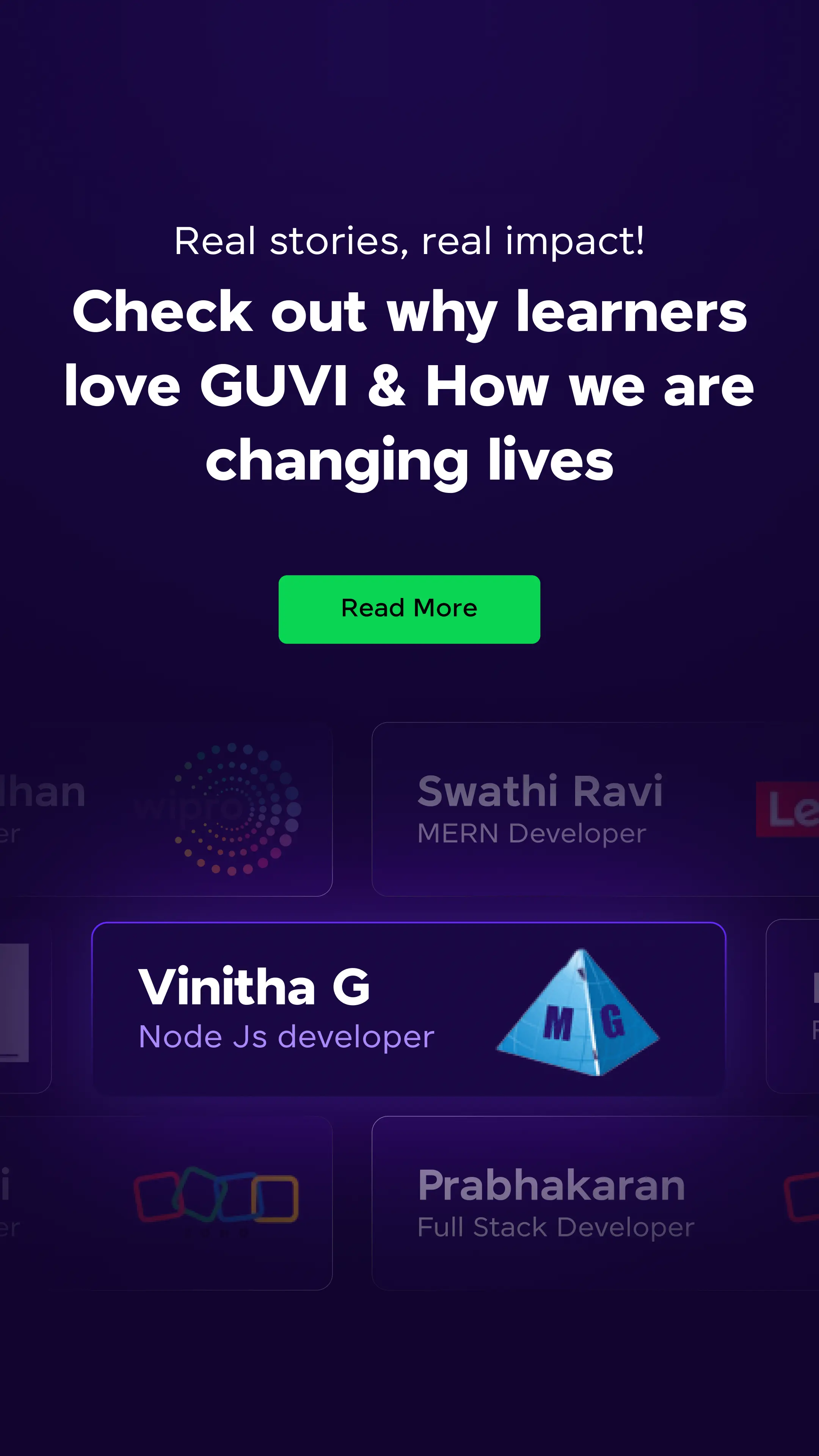















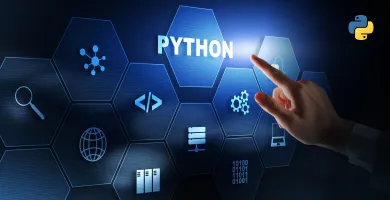



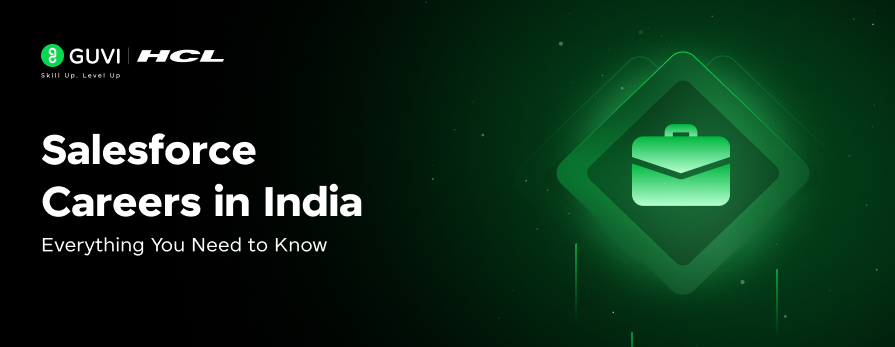
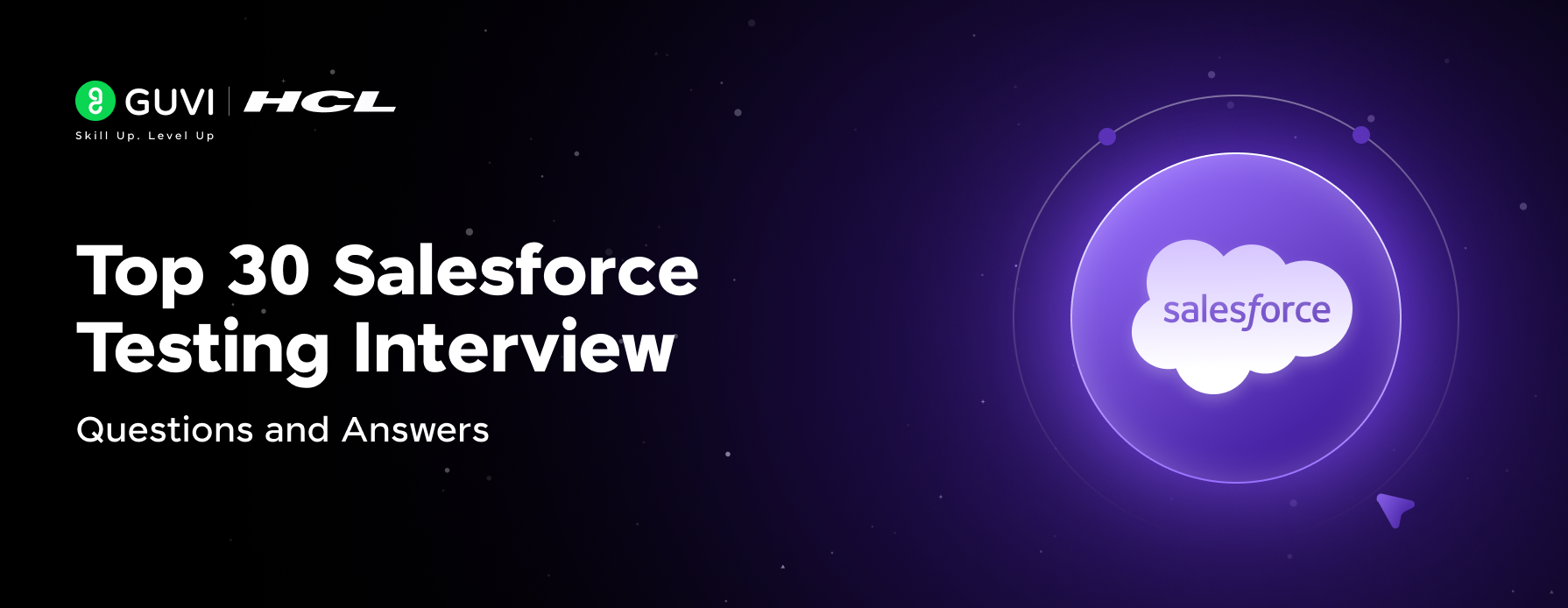

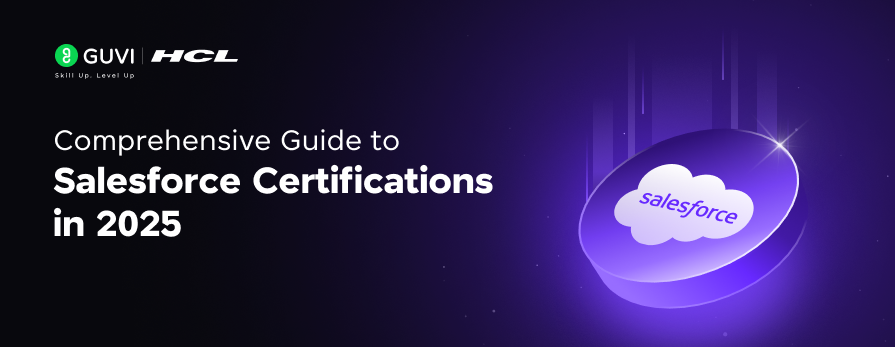
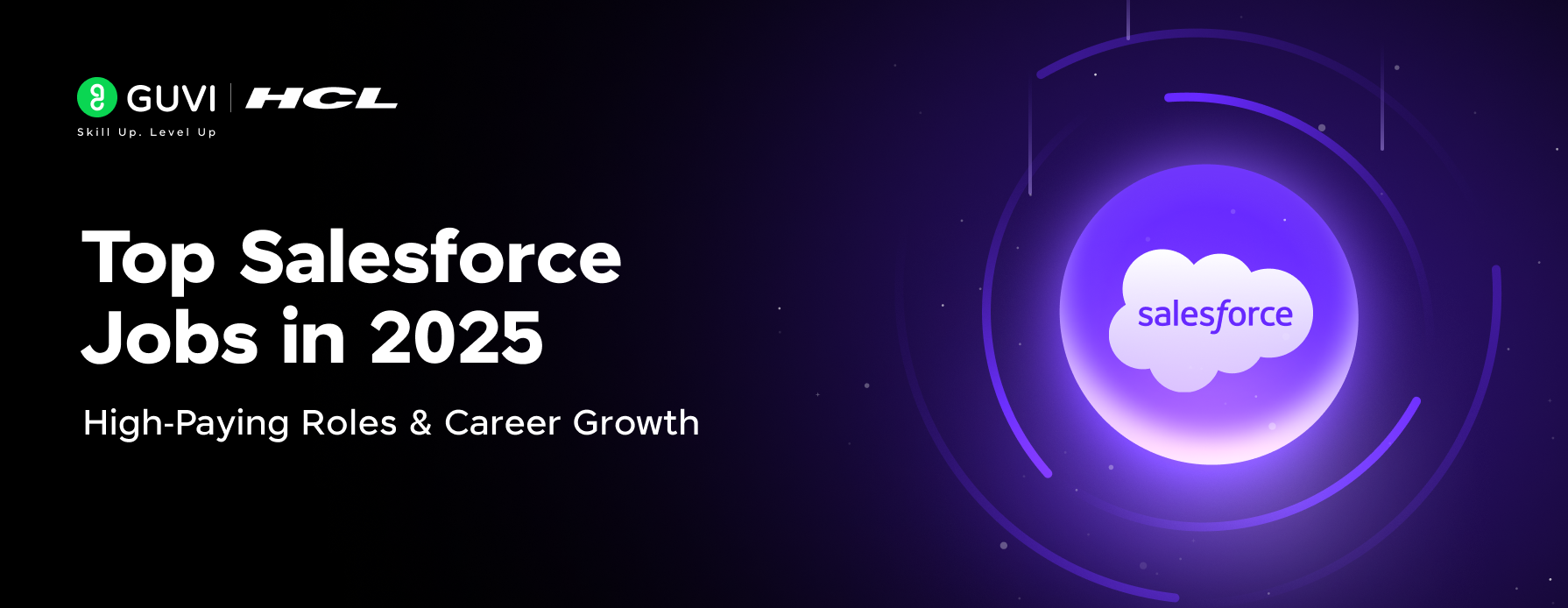
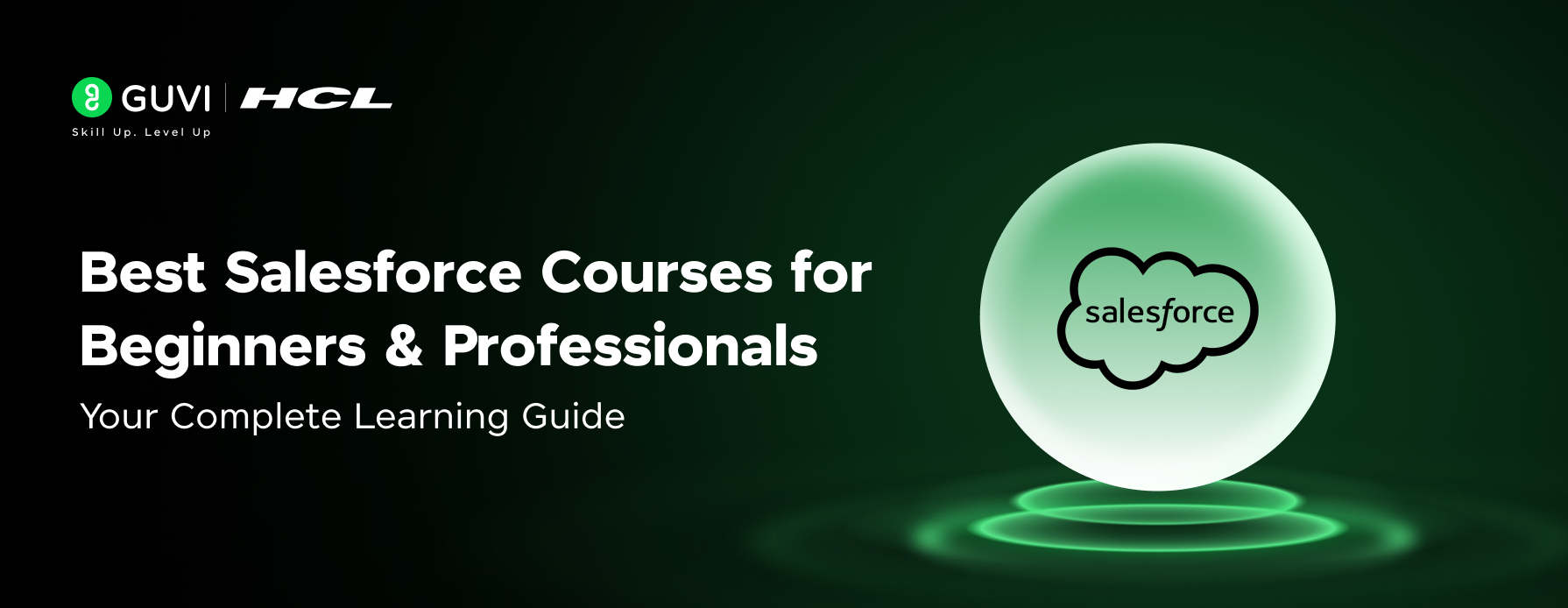
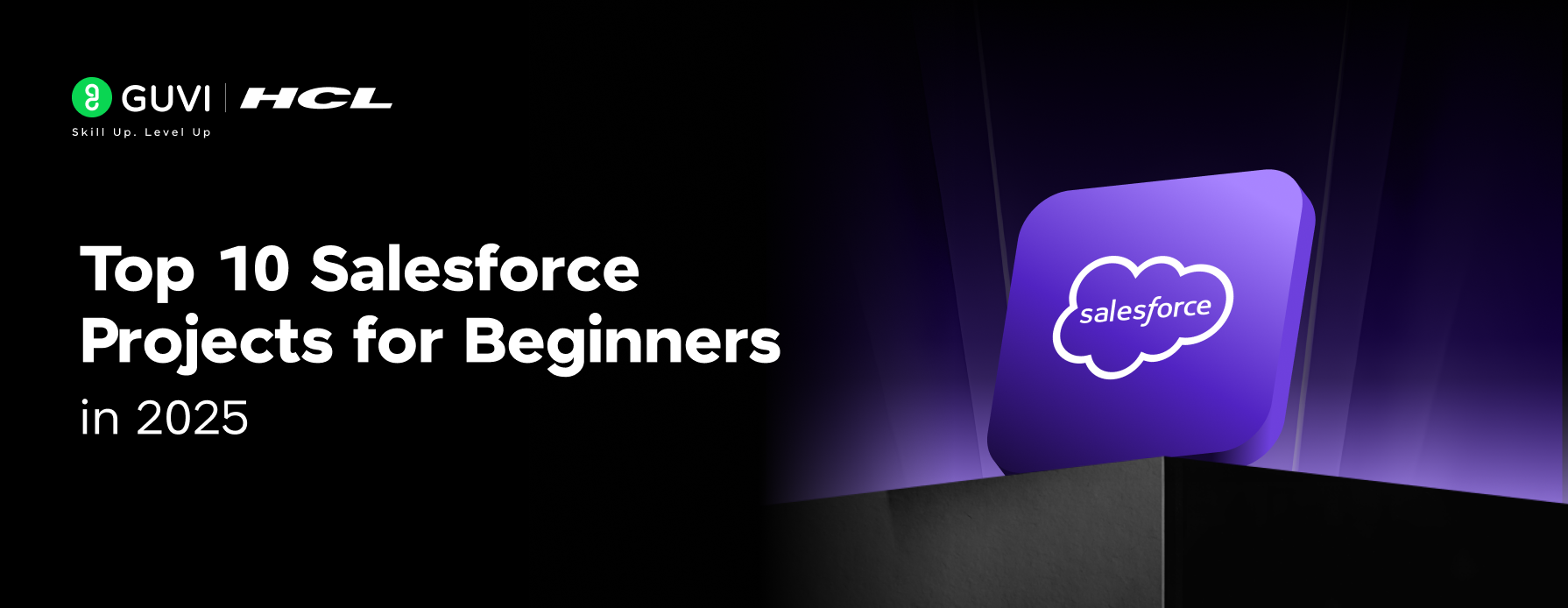
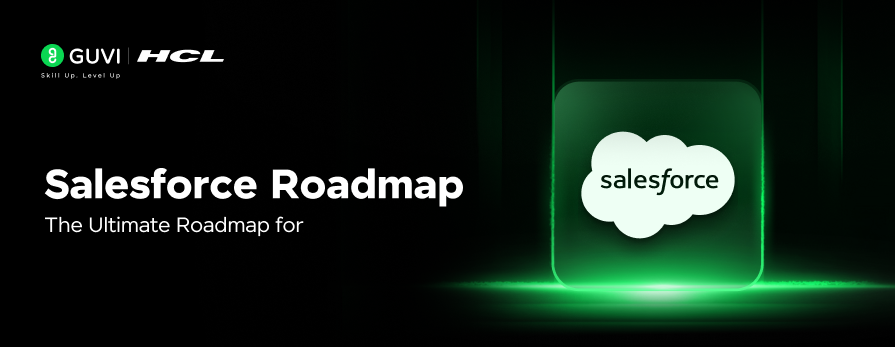
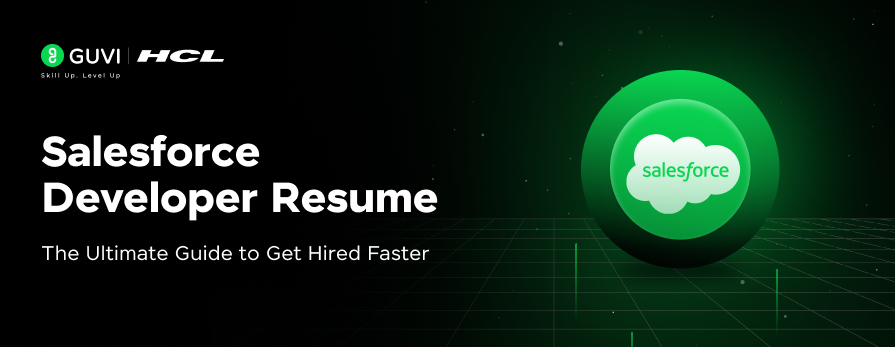




Did you enjoy this article?